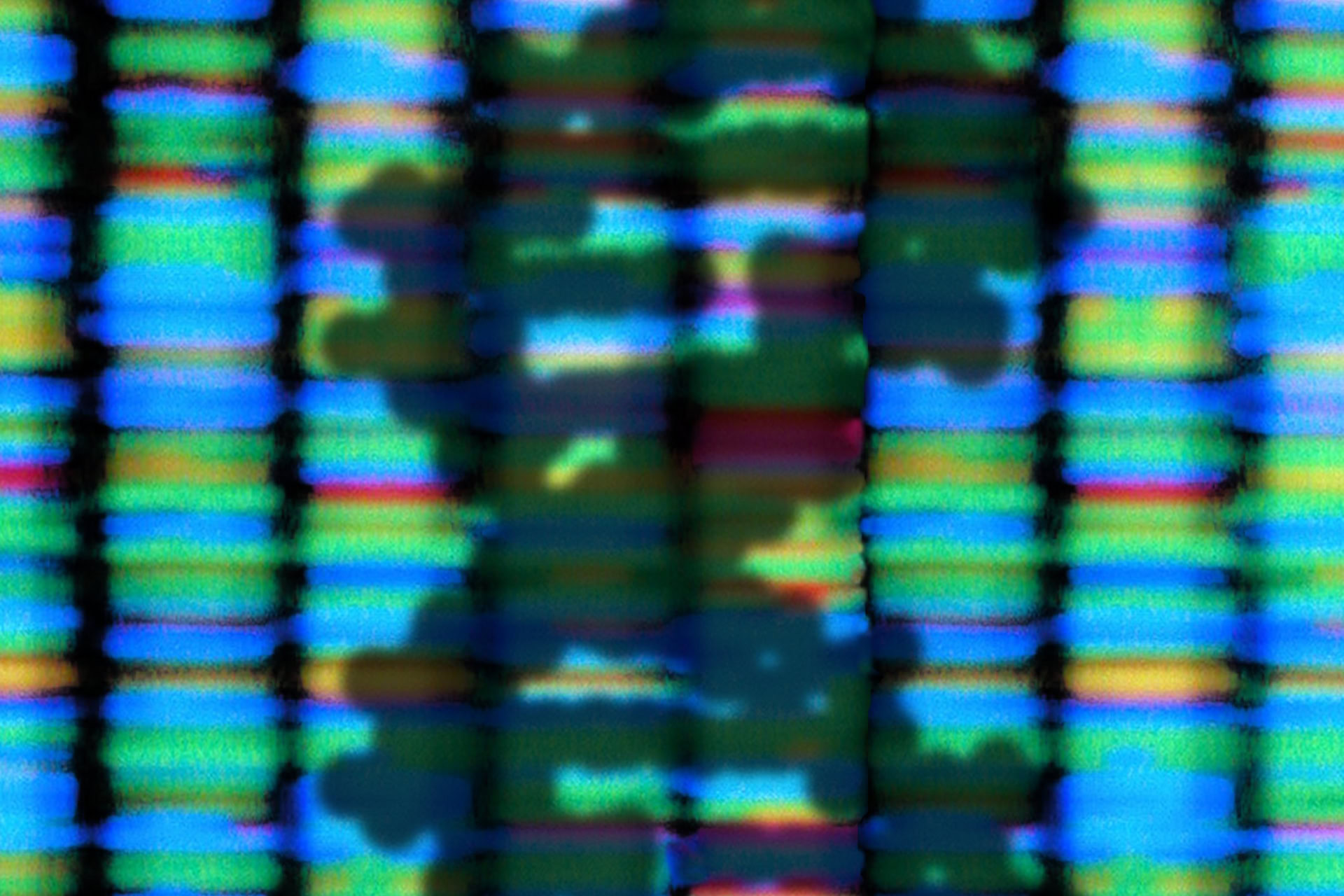For the first time, scientists have observed how the human immune system makes antibodies capable of neutralising the human immunodeficiency virus (HIV), confirming the belief that their production occurs only after the virus has started to diversify.
For more than three years, a team of researchers from the USA led by Professor Barton Haynes of Duke University School of Medicine in Durham, North Carolina, tracked the development of broadly neutralising antibodies - immune system molecules able to recognise and neutralise many varieties of HIV — and the progression of the virus in one patient.
Through genetic analysis of blood samples taken from an early stage of the infection, the researchers charted how the virus evolved in the patient's body and how the immune system responded. After 136 weeks, the patient began producing broadly neutralising antibodies and the researchers identified an antibody, CH103, that blocked the biological effects of 55 percent of HIV.
As genetic data from the patient's blood showed the sequence of changes in the virus and in the body that eventually lead to CH103, the team was able to trace its development to identify the germline precursor B-cells that eventually matured into CH103. This gave the researchers information about the early stage of the virus that triggered the production of broadly neutralising antibodies.
'The best way to think about the problem is an arms race — when one country makes a bomb and another country makes a bigger bomb and it goes back and forth', Professor Haynes told the Duke Chronicle. The team was able to track the how the evolutionary 'arms race' developed between the immune system and virus.
HIV's rapid mutation makes it difficult to design vaccines that can recognise enough of the virus' evolved forms to make it effective. Although broadly neutralising antibodies are capable of recognising many forms of the virus, only around 20 percent of people infected with HIV produce broadly neutralising antibodies and vaccine developers have found it difficult to produce them.
The molecular structure of a broadly neutralising antibody is complex, meaning it can take three to four years to develop naturally and may only reach an effective state after HIV has become established in the body. Even once the body produces these antibodies, their unusual features put them at risk of being destroyed by a person's own immune system.
However, CH103 is less complicated than other broadly neutralising antibodies and may be a more suitable target for vaccine developers. It was crucial that the initial samples in the study were taken from the patient before the virus had evolved to avoid the body's immune response. It is hoped that by detecting an early form of the antibody that responded to the virus before it diversified and prior to the antibody's maturation process, the vaccine developers can attempt to ascertain the level of viral diversity needed to simulate the production of antibodies like CH103.
'Now we have a picture of how these antibodies developed, so what we are doing is figuring out how to use them to make a vaccine', Professor Haynes told Time Magazine.
Professor Jane Anderson, a consultant at Homerton University Hospital in London and chair of the British HIV Association who was not involved in the study, told the BBC, 'This is another welcome step on the path to develop vaccines against HIV'.




Leave a Reply
You must be logged in to post a comment.